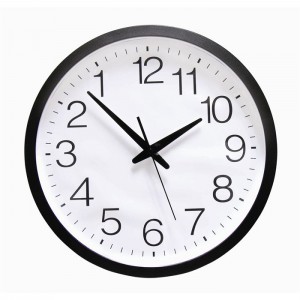CLOUD STANDARD TIME (CST)
November 5, 2014

For years we’ve built applications that assume the system is only used from a single location. As a result most applications work with local time, with the local time set to the time zone the application lives in. So an application of one of our Dutch customers would run in UTC/GMT +1, whereas the reservation site of a Las Vegas hotel would run in Pacific Standard Time (UTC/GMT-8) or Pacific Daylight Time (UTC/GMT-7) depending on the time of the season. You could think that there is no problem, after all the systems work as they are supposed to. There are however at least two problems.more–>
Applications are interconnected
Suppose the application of our Dutch customer would interact with the reservation system of the Las Vegas system, for instance to get information about the latest time a reservation can be cancelled. The systems would need to agree which time to use, and make a conversion when necessary. That is possible but cumbersome, for instance because Daylight Saving Time starts and end on different days.
Time zone is not the same on every machine
If we move an application to another machine, we have to be sure the time zone is the same on the new machine, otherwise the chance is pretty good the application runs into problems. Any operation comparing stored time data against local time would yield different results.
Cloud Platform Time
In Cloud platforms such as Microsoft Azure, all machines use the same time: UTC. And when using their PaaS instances, Microsoft recommends not changing that (see bit.ly/azuretimezone). The best solution is to use UTC anywhere where date/time stored, queried, or manipulated. Only format date/time as local time for input or output. UTC is the universal time zone: Cloud Standard Time (CST).

 English | EN
English | EN 